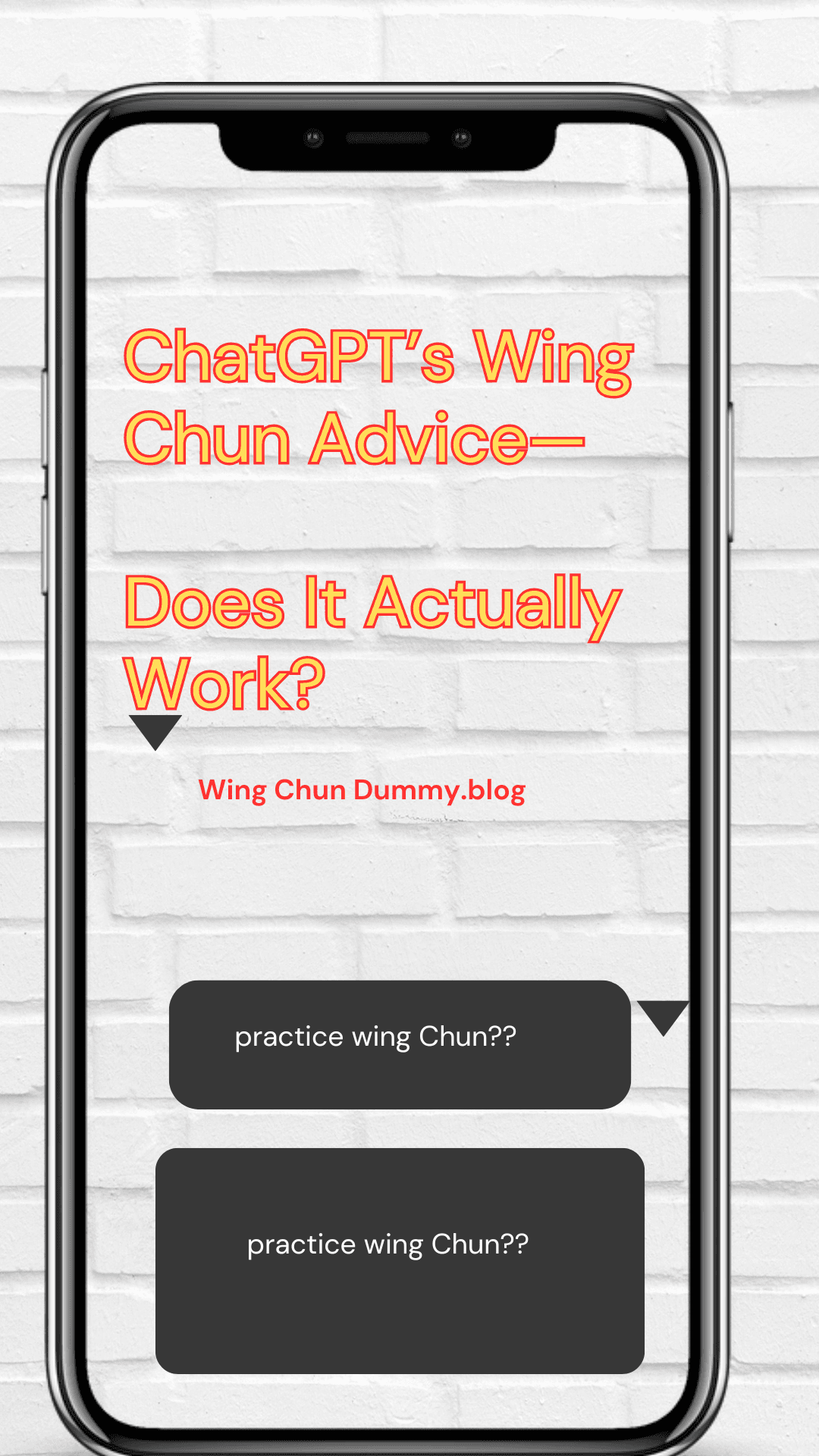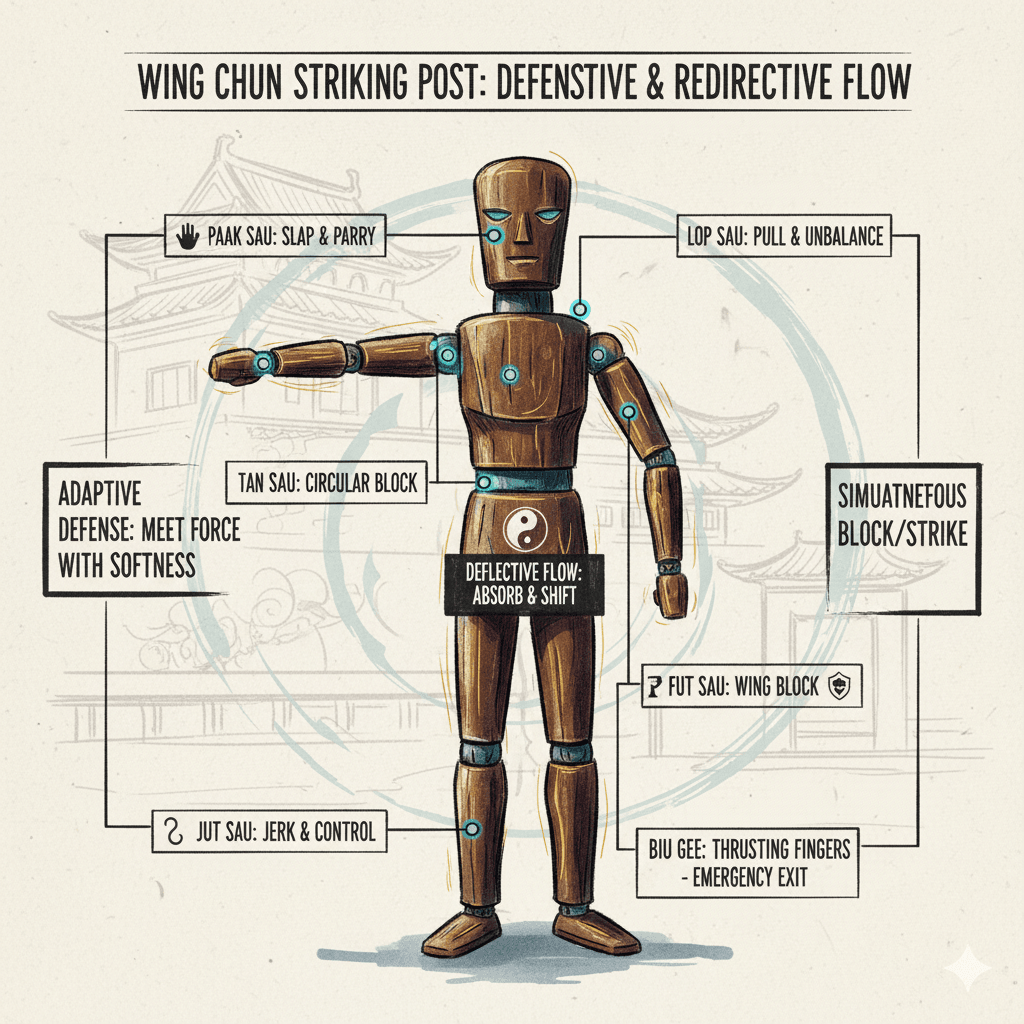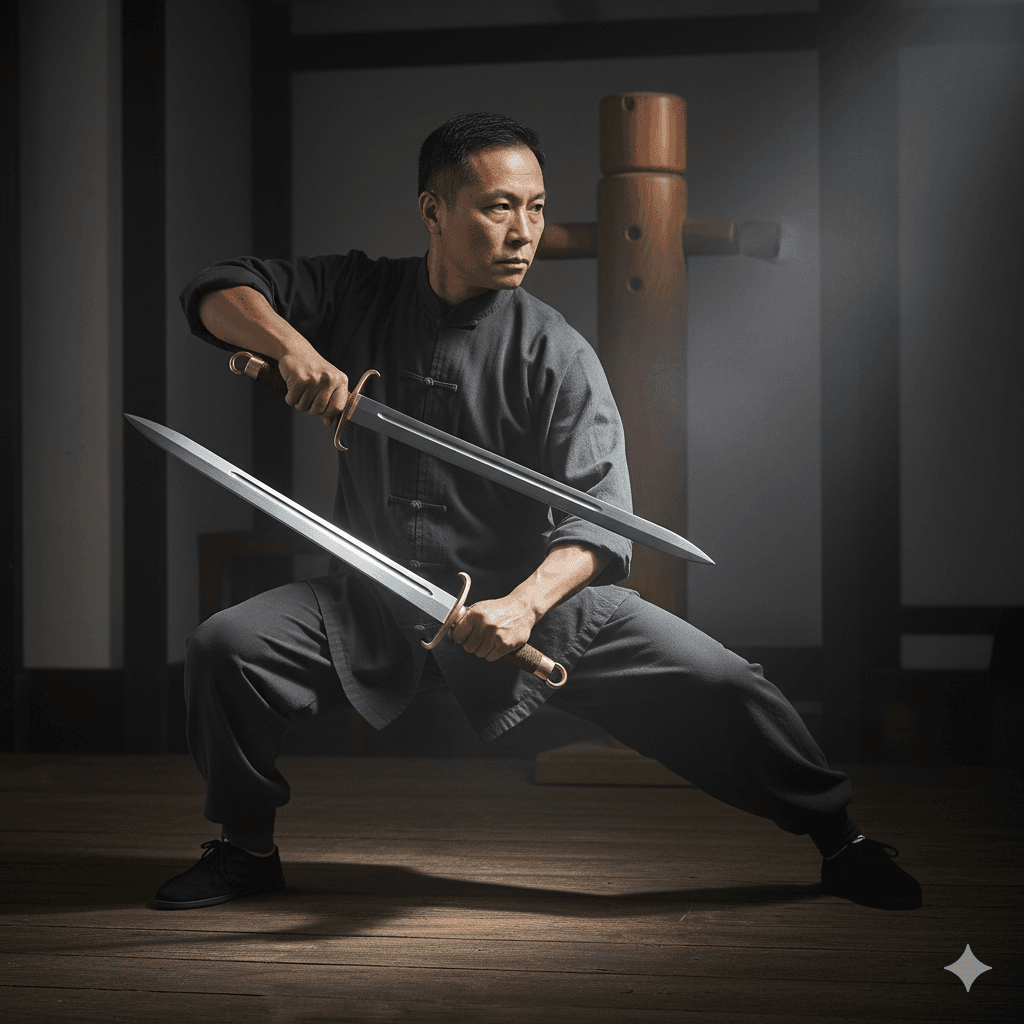Wing Chun, a martial art renowned for its efficiency and adaptability, has attracted various interpretations and modern adaptations.
ChatGPT’s suggestions regarding Wing Chun techniques offer a blend of both traditional and contemporary insights.
These recommendations often focus on core principles such as centerline theory, relaxation, and sensitivity in movement, which are fundamental to the practice.
When examining these techniques, one must consider their alignment with classical Wing Chun methodology and their applicability for practitioners of different skill levels.
For instance, ChatGPT often emphasizes specific stances and the importance of proper form in executing techniques.
The advice to maintain a stable center of gravity is consistent with traditional Wing Chun teachings, enabling an efficient transfer of energy during strikes and blocks.
Additionally, the focus on developing sensitivity through partner drills reflects the intrinsic philosophy underpinning Wing Chun, which aims to cultivate a practitioner’s ability to read an opponent’s intentions.
Such drills serve to improve timing and distance management, essential skills within any martial arts context.
However, the techniques suggested by ChatGPT may lack the depth that comes from years of experience taught by seasoned instructors.
While the recommendations provide a solid starting point, insights from skilled practitioners often incorporate nuances that only come from in-person training and real-time sparring experiences.
The significance of proper breathing techniques and mental preparedness is frequently highlighted by instructors, aspects that ChatGPT might not fully encapsulate.
Overall, while ChatGPT offers useful tips for those starting in Wing Chun, practitioners should not solely rely on this digital guidance.
Rather, it is advisable to supplement these insights with hands-on training under the guidance of qualified instructors, ensuring a comprehensive understanding of both the fundamental and advanced aspects of Wing Chun.

Videos are added as random thoughts 💭 💭.
Real-World Application: Testimonials and Case Studies
As artificial intelligence continues to influence various aspects of daily life, its integration into martial arts training has garnered attention.
Notably, individuals seeking to improve their Wing Chun skills have turned to ChatGPT for guidance.
A compilation of testimonials and case studies reveals a spectrum of experiences from users at different levels of expertise.
Beginners often report a sense of encouragement and motivation when utilizing ChatGPT’s Wing Chun advice.
One novice practitioner shared that the AI’s tailored training plans helped them understand basic stances and movements more clearly, allowing them to progress faster than traditional methods alone would have allowed.
They noted, “The step-by-step instructions made a complex martial art feel manageable. I gained confidence and found myself practicing more frequently.”
Conversely, some users with prior experience in Wing Chun approached AI-generated advice with skepticism.
An experienced martial artist explained how they sought to refine their already established techniques.
They commented on a specific exercise suggested by ChatGPT that focused on improving sensitivity and reflexes.
“It felt unconventional at first,” they stated, “but implementing these insights into my training sessions ultimately led to noticeable enhancements in my sparring performance.” This perspective underscores the potential for AI to complement existing knowledge rather than replace it.
However, not all feedback has been entirely positive.
A few individuals expressed concerns about the depth of insight provided by an AI.
For instance, one practitioner highlighted that while ChatGPT offered valuable foundational knowledge, certain nuanced techniques inherent to Wing Chun require human expertise.
They stated, “I appreciated the basic advice but found that some aspects of the art are best learned through in-person mentorship.”
This illuminates the importance of balancing technology with traditional learning methods.
Overall, testimonials and case studies reflect that ChatGPT’s Wing Chun advice can be productive when incorporated thoughtfully.
Many users emphasize that while AI can enhance training routines, it should not replace the critical role of hands-on instruction and practice.
Conclusion
The integration of artificial intelligence,
such as ChatGPT, into martial arts training has garnered considerable attention due to its potential to provide accessible and customized advice.
However, the question remains: can AI-generated tips be trusted when learning complex disciplines like Wing Chun?
There are both advantages and limitations to consider.
On one hand, AI can analyze vast amounts of information, generating insights about techniques and strategies that might otherwise go overlooked.
This accessibility can be particularly beneficial for practitioners who may not have immediate access to qualified instructors or who wish to supplement their training.
https://youtu.be/fCnKIrHH3JA?si=K4DWlgTRN7Mv6IXQ
Conversely, while AI can deliver a wealth of information,
it lacks the nuanced understanding of human interaction, physical capabilities, and emotional responses that live instructors bring to training.
Wing Chun, like many martial arts, relies on not just theoretical understanding but also practical application.
The subtleties involved in timing, distancing, and reacting to an opponent cannot be fully conveyed through AI-generated advice.
Therefore, while ChatGPT may serve as a valuable supplement in understanding various techniques or strategies,
it should not be viewed as a complete substitute for in-person instruction.
In light of these considerations, a balanced approach to integrating AI-generated advice in martial arts training is advisable.
Practitioners can utilize tools like ChatGPT for enhancing their theoretical understanding while prioritizing real-life practice and feedback from experienced instructors.
This combination of technology and human expertise can foster a comprehensive learning experience, allowing students to progress more effectively in their Wing Chun journey.
By applying AI thoughtfully, martial artists can harness its potential while also acknowledging the indispensable value of traditional training methods.



